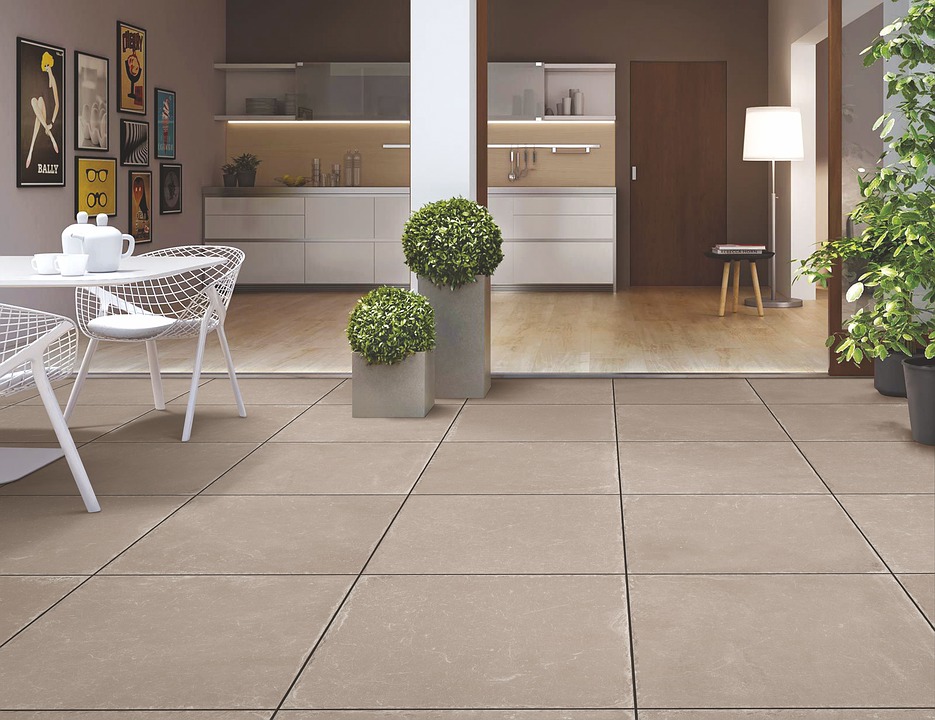HOW TO PAINT A ROOM

Paint the room Paint the room from the top down: the ceiling first, then the walls, trim, baseboards, and doors, and finally the floor. The base coat Once you have prepared and, if necessary, primed the surfaces, you are ready to paint the base coat. For solid coverage, apply two coats and let the first dry before applying the second. If the base coat is a dark color, you may require a third coat. {Remember you can tint the primer to help get solid coverage for dark colors.} The base coat is applied either as the finishing color for the room or as the base color for a paint effect to be applied over it. This is the point at which the project instructions begin. The base coat sheen is generally flat for the ceiling, satin for the walls, and semi-gloss for the baseboards and trim. Higher sheens are easier to clean, but they also show up imperfections. To help paint a clean edge, use a cutting-in brush, which has angled bristles. If the ceiling is stucco, or if the edges between the walls and the ceiling are uneven, apply tape IN' down from the ceiling to get a straight stopping point. Use a ladder to cut in around the ceiling perimeter. Attach an extension pole to a paint roller to fill in the ceiling. Use ceiling paint if you are not going to apply a paint finish to the ceiling. Otherwise use regular latex paint. When the ceiling is dry, re-tape to get a nice clean edge for the walls. Cut in along the ceiling line and around the trim first. Then roll the paint on the wall in a W, going back and forth to remove roller marks. Don't overload your brush or roller. You will get better results by apply- ing two thin, even coats because there is less chance of dripping. When the walls are dry, tape them off and paint the trim and base- boards. Paint in the direction of the wood grain, or the length of the trim if there is no grain. If you are painting the floor, remove the quarter-round molding if possible and paint it separately. Tape off around the baseboards. Cut in around the perimeter as you did with the walls, and then fill in with a roller. Remember to start at the farthest point from the door and work toward the door. Apply the paint in the direction of the wood planks. If you are staining the floor, wear gloves. Soak a smooth rag in the stain and rub the stain over the wood in the direction of the grain. Wipe off the excess to keep an even depth. Once the first coat dries, another coat can be applied until you achieve the color you want. Applying a paint effect Now the fun begins. In the bedrooms that follow, I have demonstrated some of my favorite paint effects. They all have their own personality and offer a range of looks from soft and sultry veiling and manly flannel (page 82). Follow the step-by-step instructions and you will be delighted at how easily these effects take form. But there is one golden rule when applying a paint effect to a large surface such as a wall. You must keep a wet edge or you will end up with a patchwork pattern of dried edges that will ruin your design. When you are applying a paint effect that requires blending different colors or creating patterns in the paint with rags or other tools, the paint must stay wet long enough to be manipulated. Latex paint dries very quickly, so this is where the water-based glazing liquid comes in. It does not change the color of your paint, but makes it translucent and slows down the drying time to give you more time to work. When applying a paint effect it is necessary to work in manageable patches, about 3 or 4 square feet at a time. As you move along, the edges of the patches must remain wet so that as you overlap the paint or glaze for the next section, it can be manipulated in the same way. If the edges have dried, you will get lap marks or lines around the patches. Work on one wall at a time and tape off the adjoining walls so that you won't get paint buildup in the corners. Begin at the top of the wall and work down to the bottom, then return to the top and so on until you have finished the wall. Apply the colored glaze to the first patch, work the effect, and then apply the colored glaze to the next section, overlapping the edge slightly to ensure that it is wet. Work the effect starting at the edge and complete that patch. Continue in this manner until the wall is complete. If you find that an edge has dried by the time you return to it, applying some clear glaze should open it up again, but it is important to work quickly. The best method is to work with a partner, one person applying the glaze and the other working the effect.